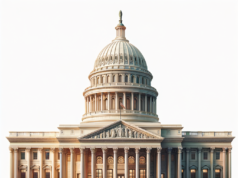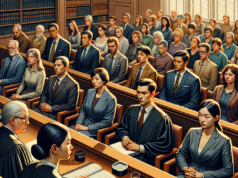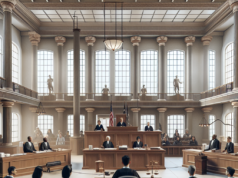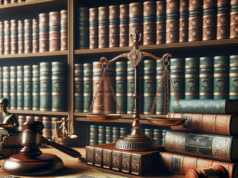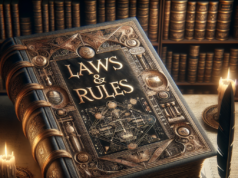The recent ruling by the State Supreme Court has sent ripples through the legal community and beyond, marking a significant turning point in the pursuit of justice. This landmark decision not only addresses a pressing legal issue but also sets a precedent that could reshape the landscape of law and civil rights in the state. As the implications of the ruling unfold, stakeholders from various sectors are closely examining its potential effects on future legislation and judicial interpretations.
Overview of the State Supreme Court’s Landmark Ruling and Its Implications
The State Supreme Court’s recent ruling has been hailed as a watershed moment in the legal system, addressing critical issues surrounding civil rights and due process. The case, which centered on the legality of certain law enforcement practices, concluded with the Court affirming the necessity of upholding constitutional protections for all individuals, regardless of their background. The implications of this ruling are profound, as it not only invalidates previous practices deemed unconstitutional but also reinforces the principle that justice must be equitable and accessible. Legal analysts predict that this decision will serve as a benchmark for future cases, influencing both judicial reasoning and legislative action across the state.
Key Legal Principles Established by the Court’s Decision in This Case
The Court’s decision established several key legal principles that are expected to resonate throughout the judicial system. Foremost among these is the reaffirmation of the Fourth Amendment rights against unreasonable searches and seizures, which the Court found had been violated by certain law enforcement protocols. Additionally, the ruling emphasized the importance of transparency and accountability in policing, mandating that law enforcement agencies adhere to strict guidelines that protect citizens’ rights. The Court also underscored the necessity of judicial oversight in cases involving potential civil rights infringements, thereby reinforcing the judiciary’s role as a guardian of constitutional liberties. These principles not only clarify existing legal standards but also lay the groundwork for future interpretations of civil rights law.
Reactions from Legal Experts and Advocacy Groups Following the Ruling
The ruling has elicited a wide range of reactions from legal experts, advocacy groups, and the public at large. Many legal scholars have praised the Court for its commitment to upholding constitutional rights, viewing the decision as a necessary corrective to past injustices. Advocacy groups focused on civil liberties have expressed optimism, stating that the ruling could lead to meaningful reforms in policing practices and greater protection for marginalized communities. However, some critics argue that the decision may create challenges for law enforcement agencies, potentially hindering their ability to maintain public safety. Overall, the ruling has sparked a robust dialogue about the balance between civil liberties and law enforcement, highlighting the ongoing need for reform in the justice system.
Historical Context: Previous Cases That Led to This Landmark Decision
To fully appreciate the significance of this landmark ruling, it is essential to consider the historical context that paved the way for this decision. Over the past several decades, a series of cases have highlighted systemic issues within the justice system, particularly concerning the treatment of minority populations and the application of law enforcement practices. Notable precedents, such as Miranda v. Arizona and Terry v. Ohio, have shaped the legal landscape by establishing critical protections for individuals during police encounters. The culmination of these historical cases, alongside growing public awareness and advocacy for civil rights, created an environment ripe for the Court’s recent decision. This ruling can thus be seen as a response to a long-standing demand for justice and accountability within the legal system.
Potential Impact on Future Legislation and Judicial Precedents
The implications of the State Supreme Court’s ruling extend far beyond the immediate case, with potential ramifications for future legislation and judicial precedents. Lawmakers are now faced with the challenge of crafting legislation that aligns with the Court’s interpretation of constitutional rights, particularly in areas related to policing and civil liberties. This ruling may inspire a wave of legislative reforms aimed at enhancing transparency and accountability in law enforcement practices. Furthermore, the decision sets a precedent that could influence how lower courts interpret similar cases, potentially leading to a more uniform application of civil rights protections across the state. As legislators and legal practitioners grapple with the ruling’s implications, it is likely to shape the discourse surrounding justice and equity for years to come.
In conclusion, the State Supreme Court’s landmark ruling represents a pivotal moment in the ongoing struggle for justice and civil rights. By reaffirming essential legal principles and addressing systemic issues within the justice system, the Court has not only corrected past injustices but also laid the groundwork for a more equitable legal framework. As the implications of this decision continue to unfold, it is clear that its long-term significance will resonate throughout the legal community and society at large, serving as a reminder of the enduring pursuit of justice for all.



